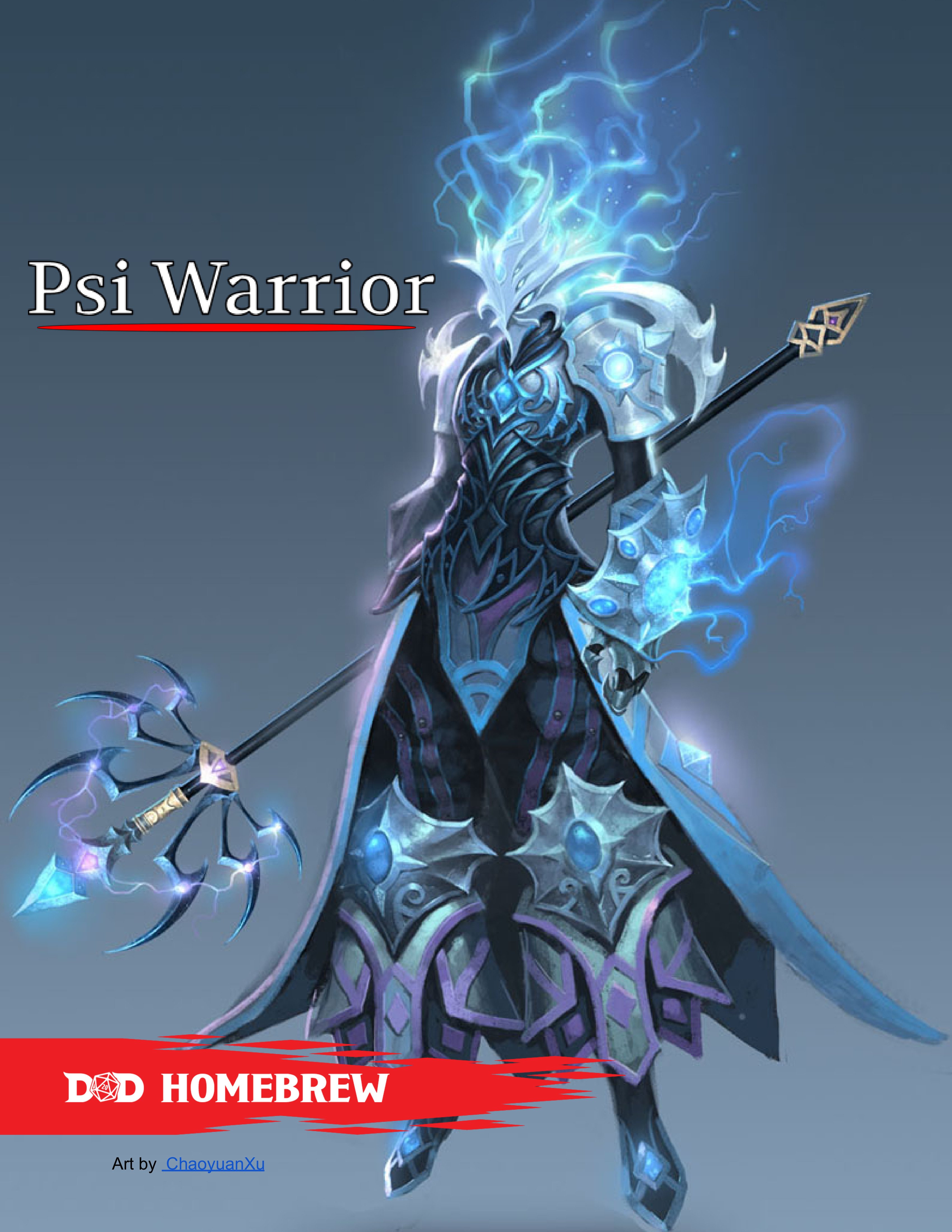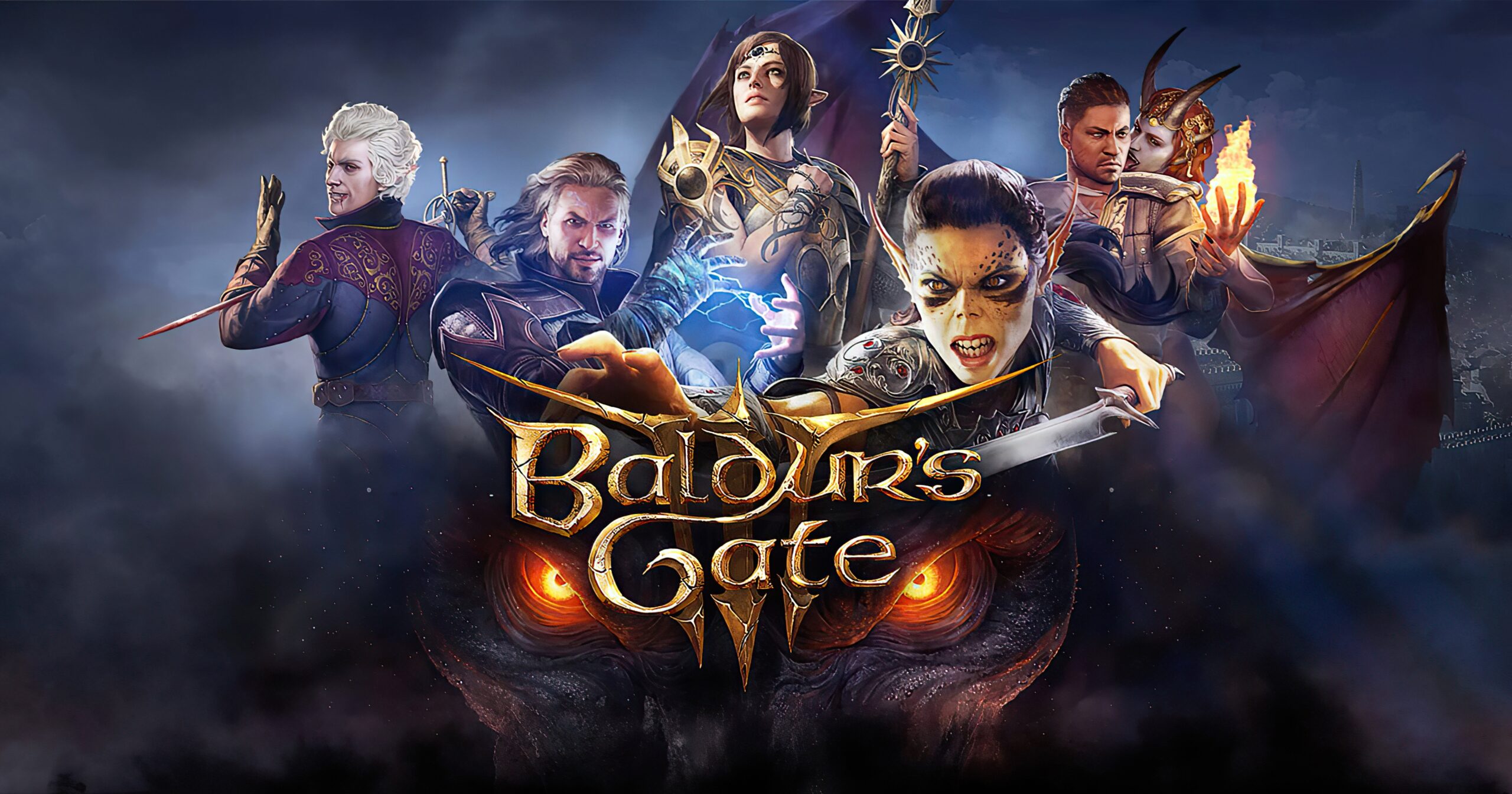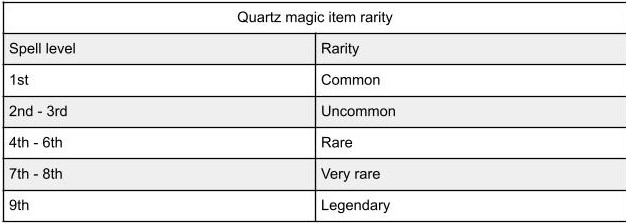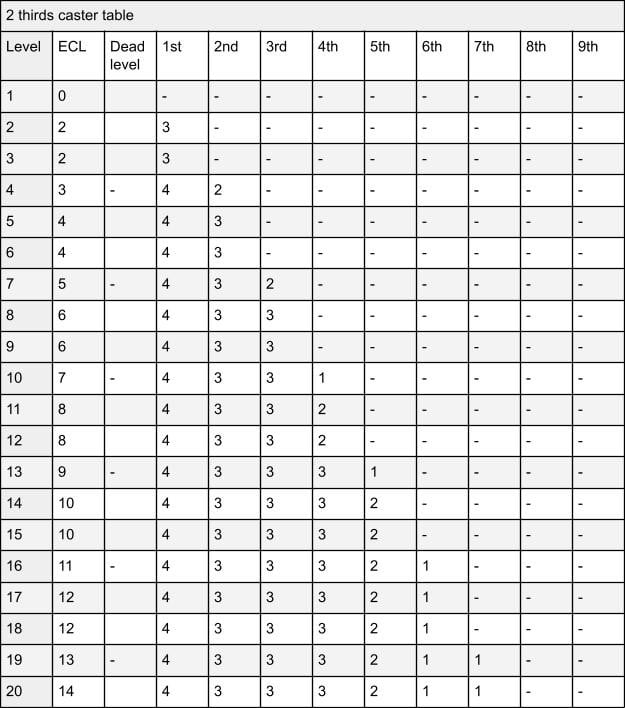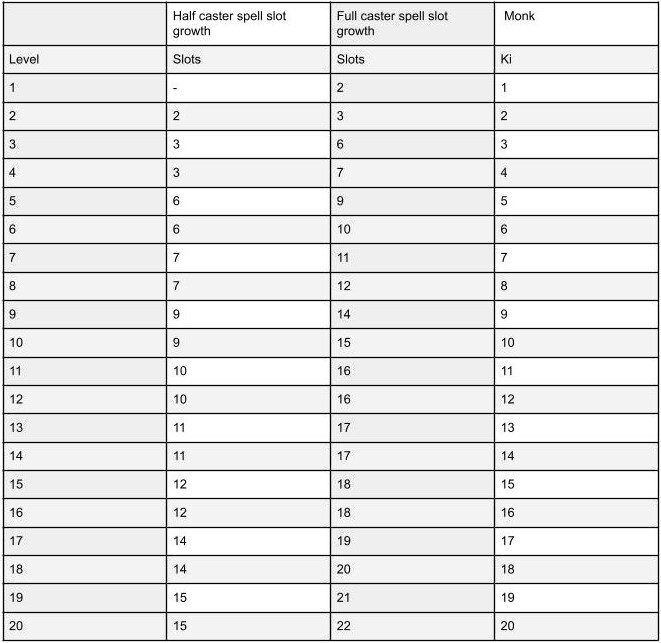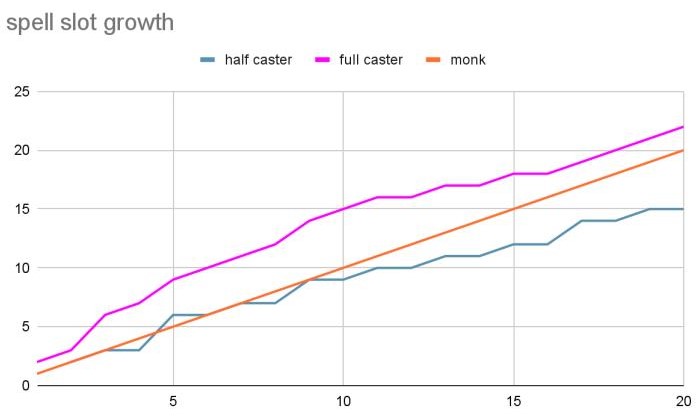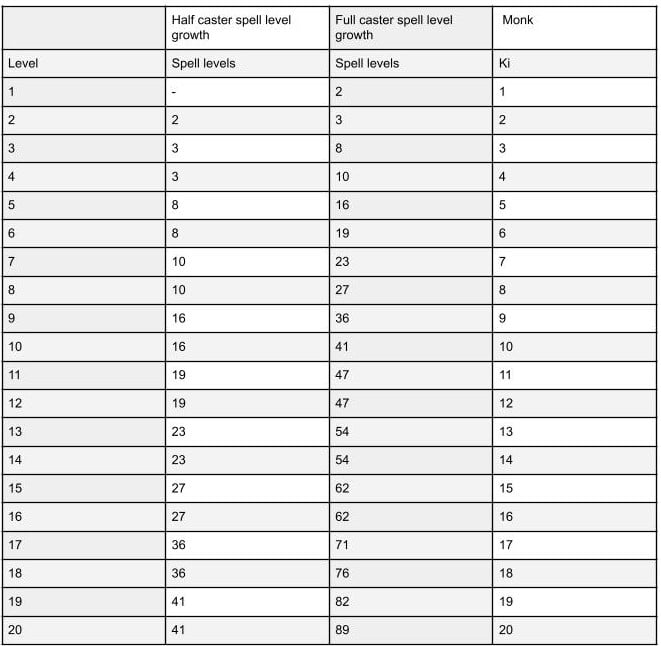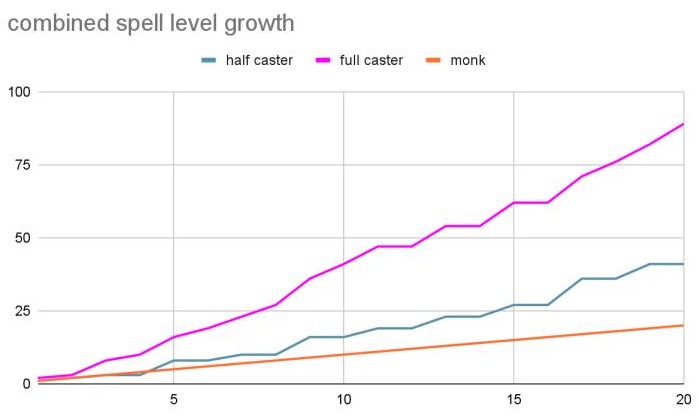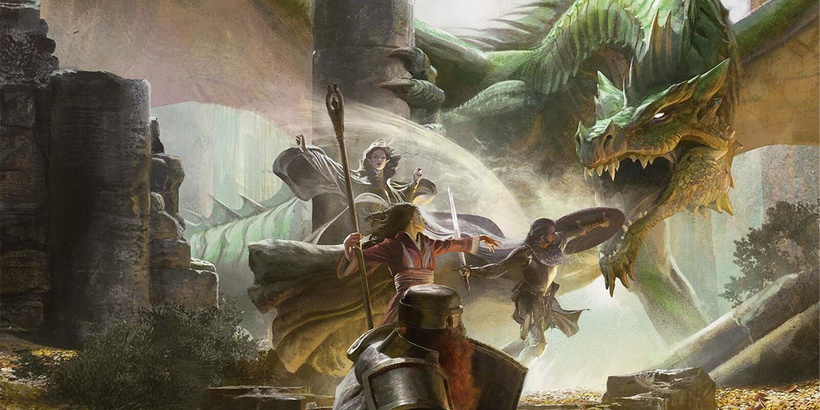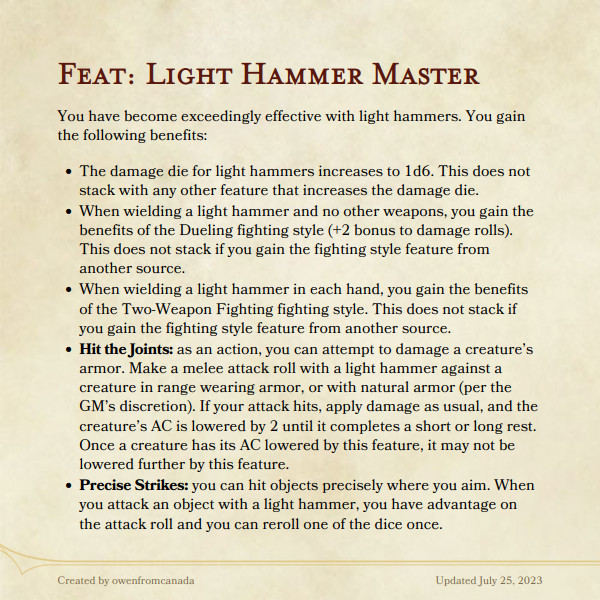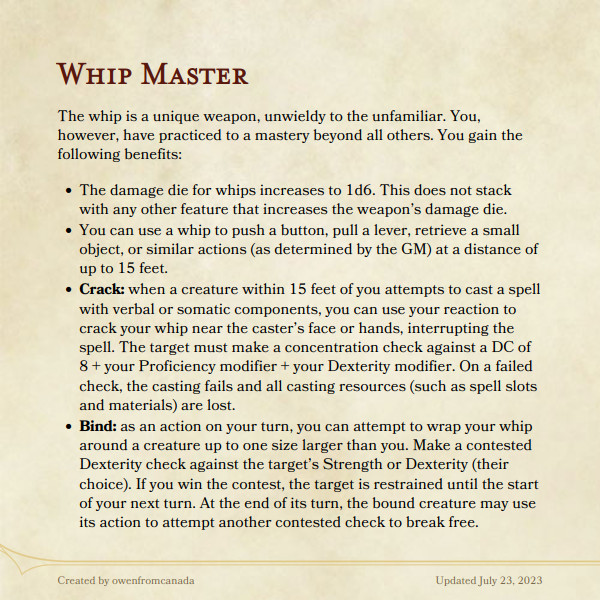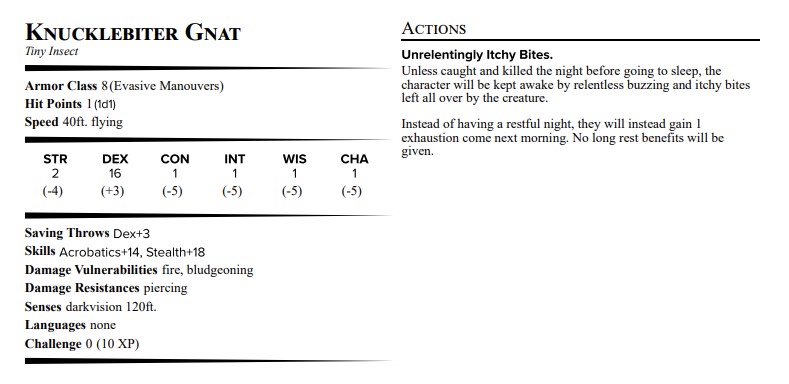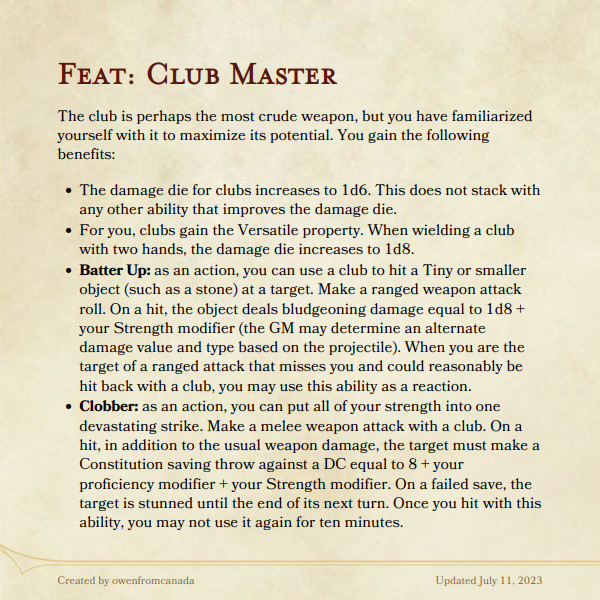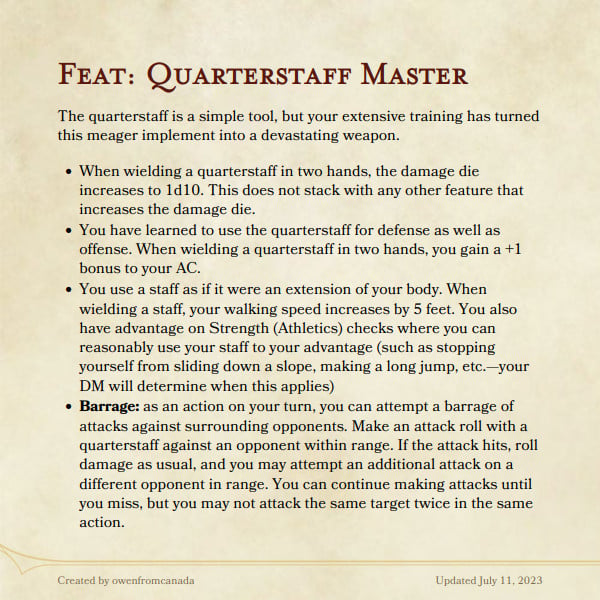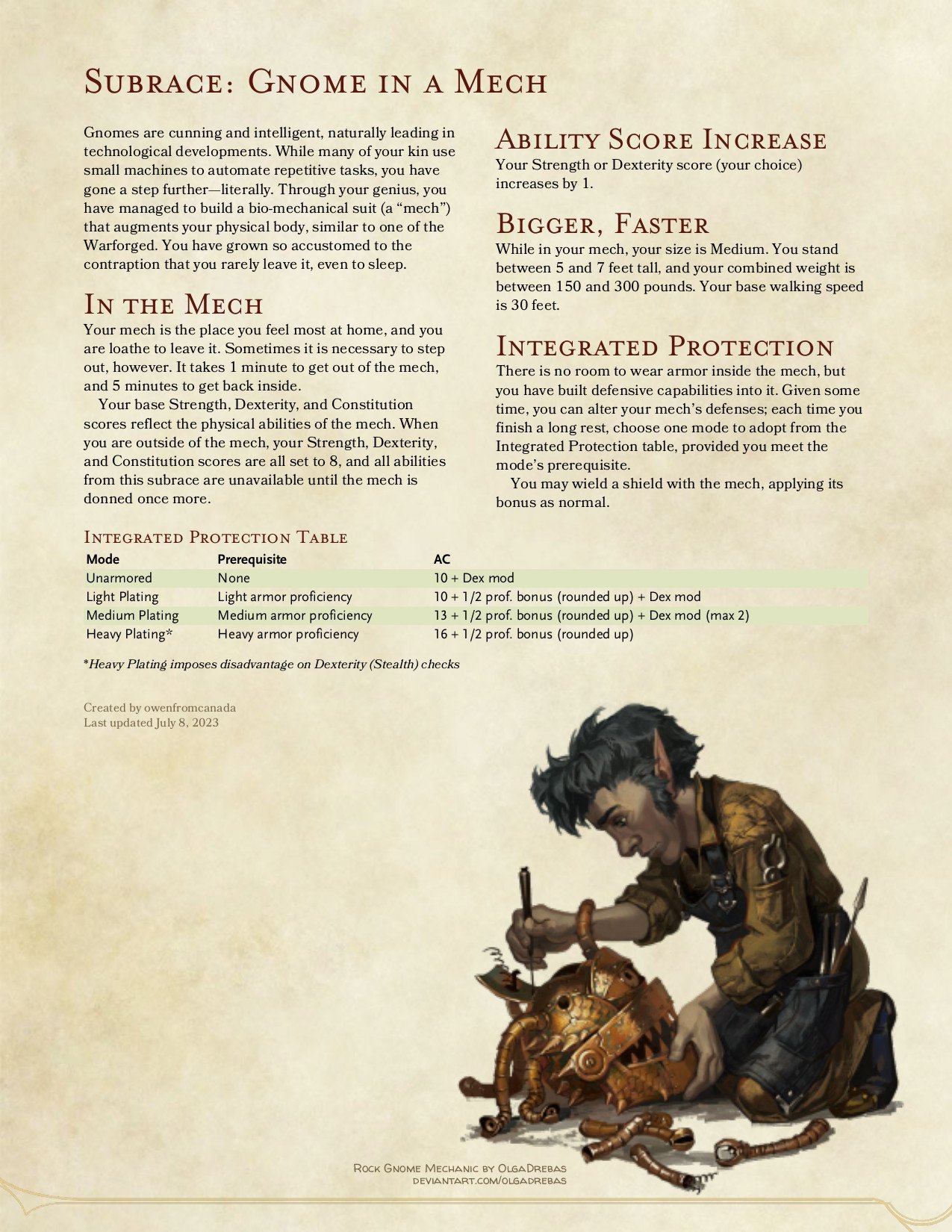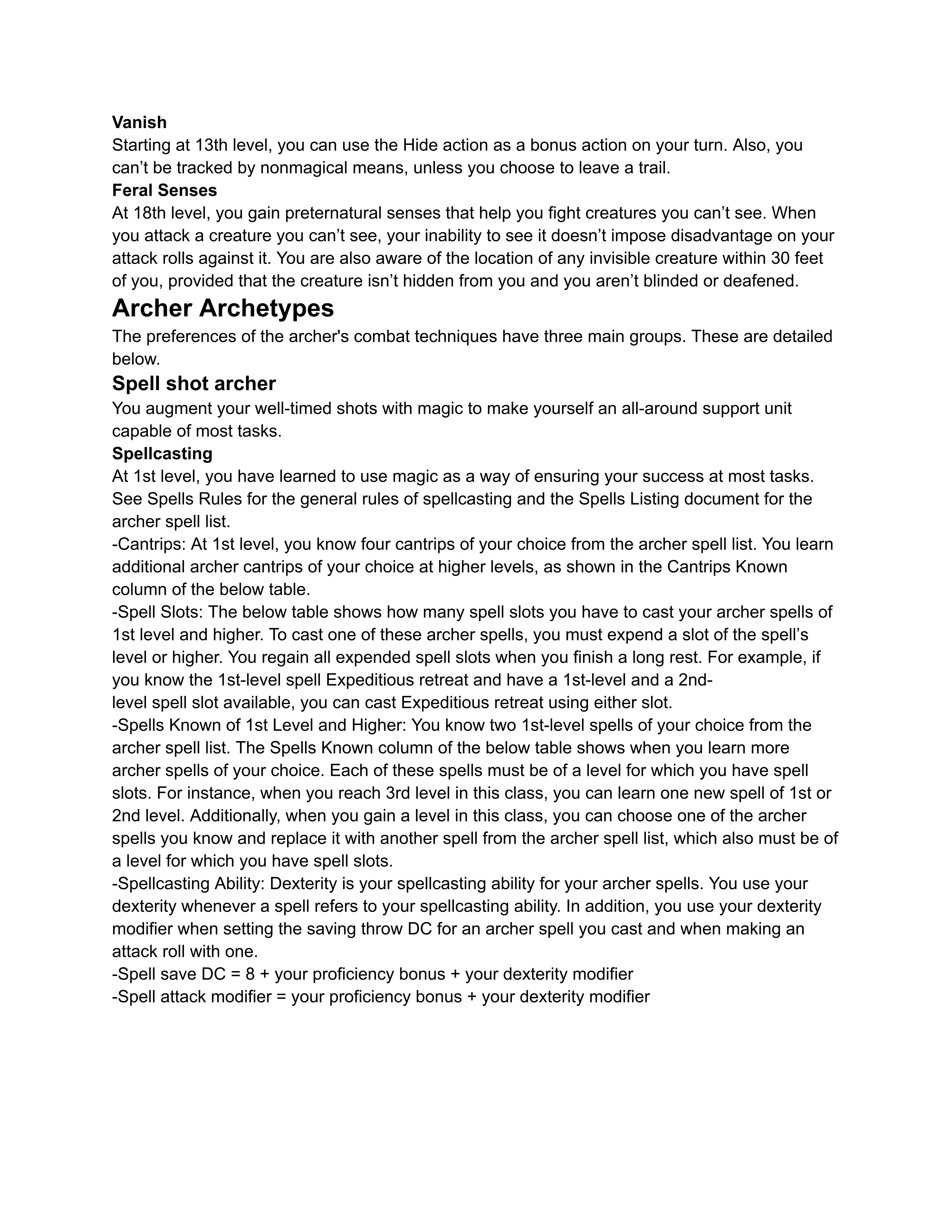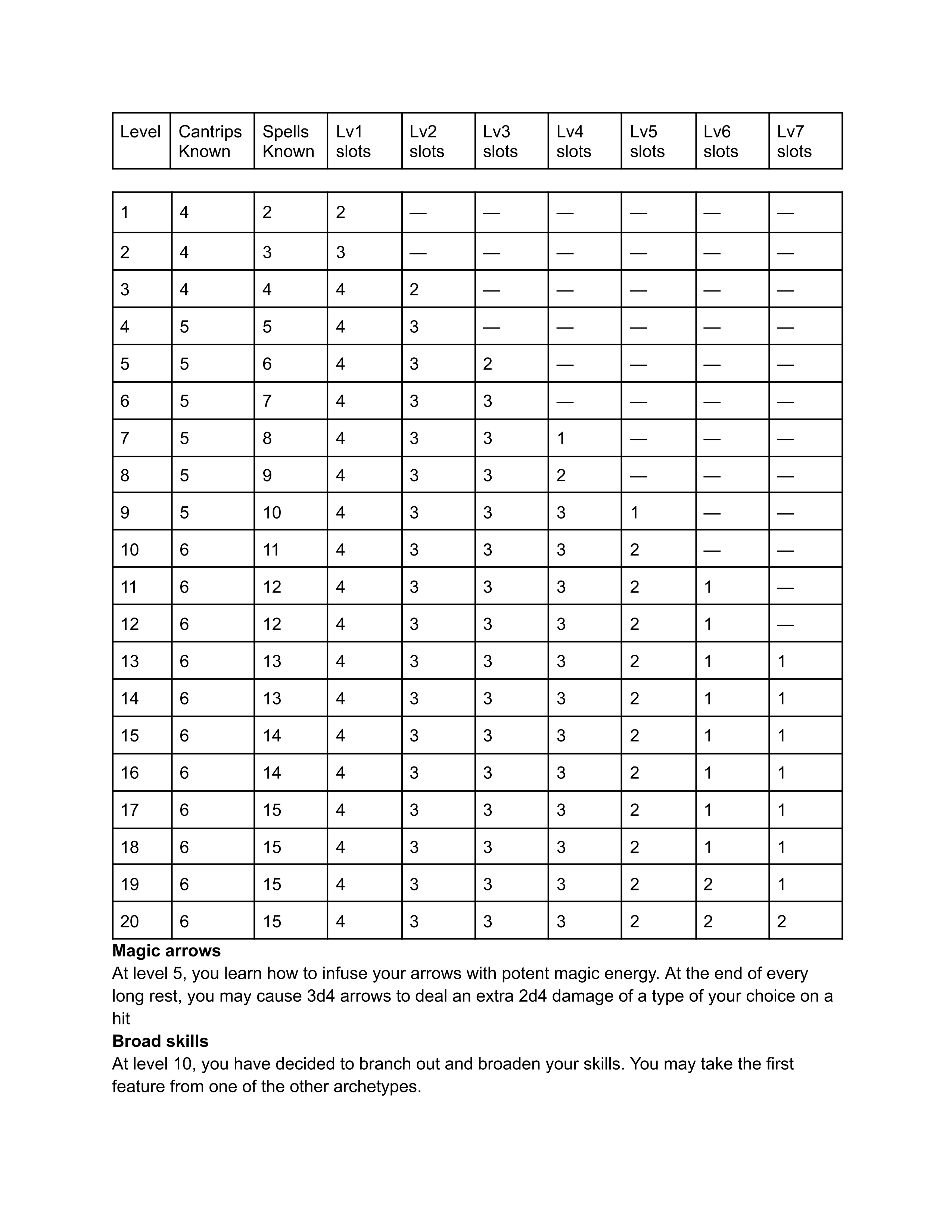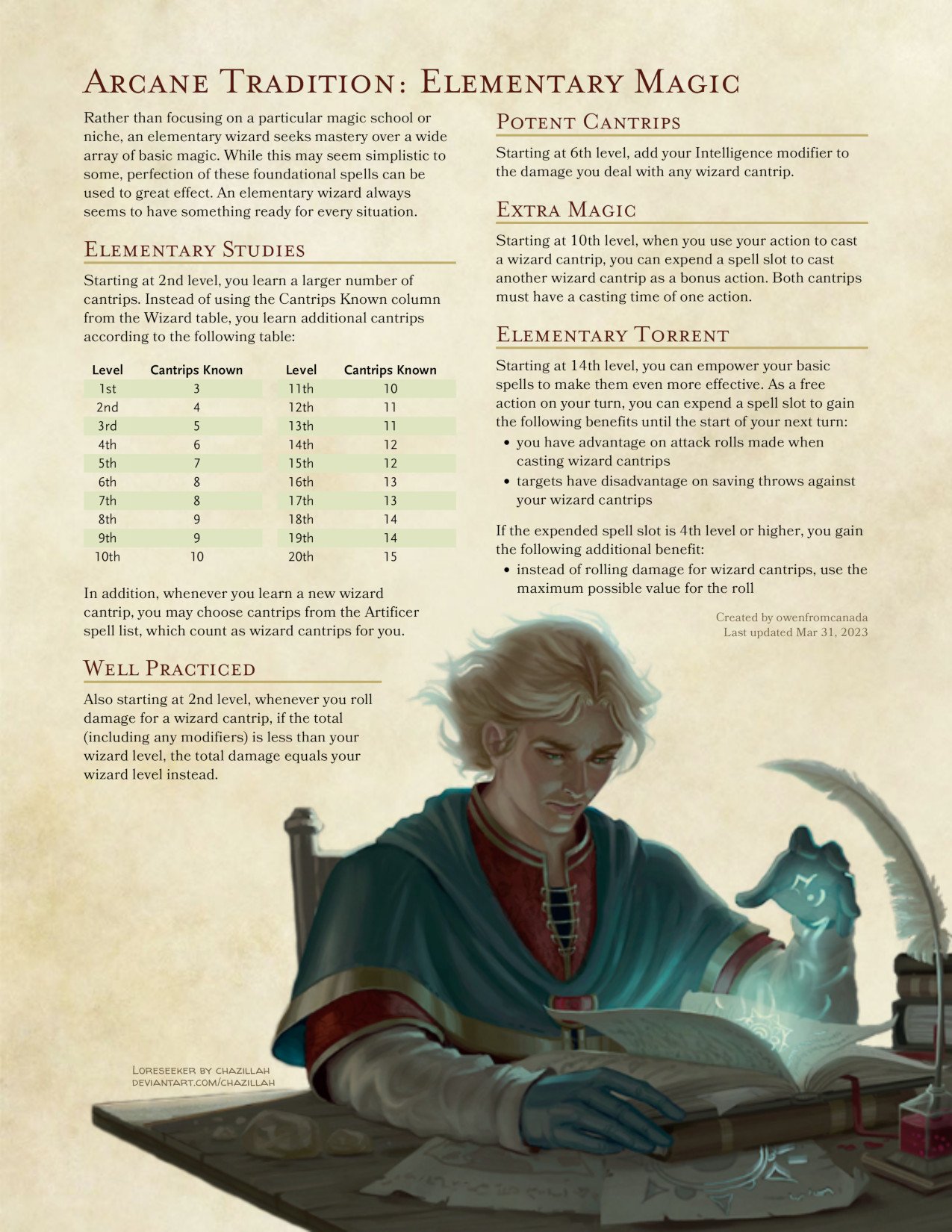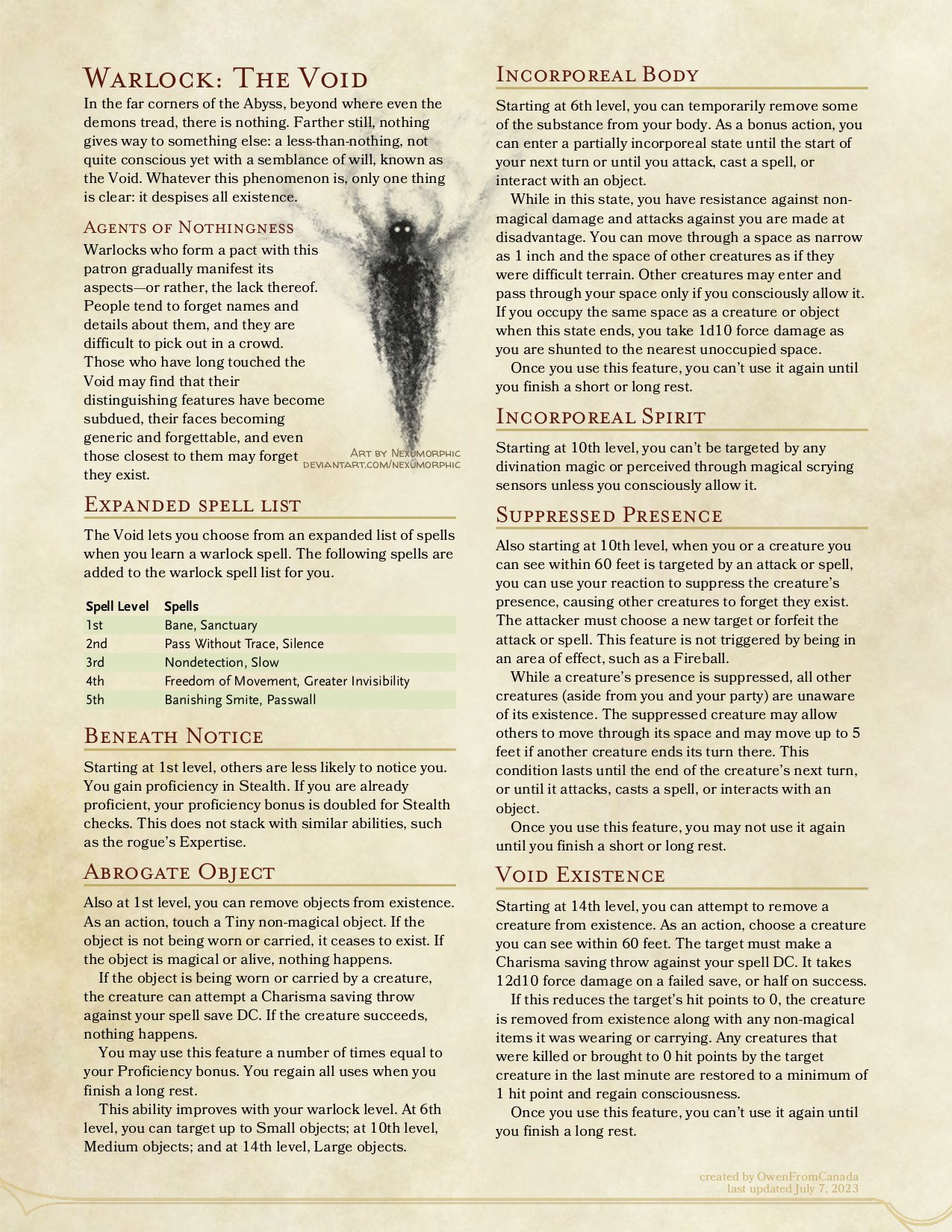Basically what's in the meme. I don't know if this is an appropriate post here, but I don't have all the specifics.
The gist though is pretty much as described - limit break is its own resource(Like a channel divinity charge) that you can use for Action Surge and then, perhaps, a new ability for each subclass. These charges would refresh on short rest(that's important) and you could maybe even gain a third ability of your choice at higher levels, and of course you gain more charges as you level.
Champion's could be called Honour-Bind and act as a sort of pseudo Compelled Duel ability, to force aggro on you(advantage on Opportunity Attacks, Crossbow Expert negated if it isn't against you, bonus to AC for not having any allies within melee range but having multiple enemies within melee range, etc).
Banneret could get Rallying Cry as this instead of just a pathetic add-on to Second Wind - The user and everyone who hears it gains 5 or so turns of a bunch of Temp HP, immunity to frightened, advantage against poisoned and charmed, some sort of bonus to damage dealt with attacks, and then maybe even instantly stabilizes if they're on death saves, or even just straight-up gets up at 5 HP.
This is made with the idea of BattleMaster maneuvers being resourceless and available to all martials in mind(hence the title), but if it's still a subclass it could just outright gain a huge bonus to its maneuvers for a time.
Rune Knight could just slightly buff its third level Giant's Might ability(The thing that makes you beeg) and have that as its Limit Break.
This was also made with the idea of making Barbarian a fighter subclass in mind, and of course, Barbaric Rage is that subclass limit break.
Maybe even Ranger, and a version of Hunter's Mark becomes their Limit Break? For instance, you could split into three different versions - Pinpoint, which would give you bonuses to attacks against your mark(which are different, but not necessarily strictly better or worse, depending if they're melee, ranged, or even with spells), Chase, which would speed you up and make it easier to slow down, grapple, tackle etc your mark(or pick it up or steal it if it's an object), and Stalk, which...well, lets you hide and stalk your mark, maybe even allowing bonus action dodging. Maybe that's a bit too many subclasses for one class, though...
This was obviously conceptualized for D&D, though I think it would work in other games like Pathfinder just as well. Any sort of tips for what exactly to do with this?

